by Ellie Peters
When I was traveling in India several years ago, one of the everyday sights that most intrigued me were the household kolams. Commonly found across southern India, these “paintings” grace the floor of a home’s entryway as a symbol of hospitality. They are beautiful. The stark whiteness of the design against the dark floor, the symmetrical perfection, the sheer intricacy—it’s a pride point among south Indian women to be able to draw a kolam well. Many consider it a spiritual practice to rise at dawn to make them, and many use designs that have been perfected and passed down from mothers and grandmothers. The one catch about this art form: it is utterly temporary. Made only by etching white rice flour or chalk into the ground, kolams deteriorate as a day passes. The steps of visitors, the afternoon rain, the birds that stop to eat the rice flour—all contribute to a gradual rubbing off of the design. Often, the only trace that remains by nightfall is a smudge of white dust.
These kolams remind me of the description of the created world that Augustine lays out in the later books of his Confessions. For him, material creation is defined by its transience. All things that exist—plants, animals, humans and their works–will eventually not exist. Moreover, their actual lifespans are, at best, instantaneous. The present moment is the only time when we can say for certain that something is. And that moment sweeps into the nonexistence of past even as we notice and mark it. At its core, then, the world’s existence is a temporary and tenuous thing. All material things have a beginning, exist for some duration, and then cease to be. All of them are essentially perishable and perishing.
In a sense, for Augustine, the physical world is nothing more than a giant kolam, an intricate work of art that begins to deteriorate just as it is completed. It seems to be for this reason that Augustine writes it off. Beneath his call for people to detach themselves from the world, there is a tone of futility. It’s not that the physical world is bad per se, it’s just that it’s a waste of time and attention. As Augustine so eloquently puts it, to engage one’s senses with the material things around us is to enter into a “luxurious inertia of self-indulgence” that draws one’s attention away from the eternal and stable reality of God.
His conclusion is compelling, and yet I cannot bring myself to adopt it. If it is true that the physical world’s transience renders it unworthy of our attention, then what is all of its intricacy and beauty for? Why a billion different varieties of flora and fauna? Why sunsets, plants, and rocks painted with the most shocking of colors? Why fruits given the most vibrant of flavors? Creation, in all of its sensual glory, cries out to be taken in and appreciated. And in parallel, the human person cries out to take in and appreciate. We are not only endowed with five separate faculties of sense, but also with appetites that drive us to use them. Our mouths hunger for food, our hands for touch, our eyes for beauty. We do not appear to be designed to detach from the ever-dying world. We rather appear to be designed to reach out, touch it, and fall in love with it.
Ironically, in mulling over this seeming-paradox I have found the seeds of a solution in Augustine himself. Shortly before his meditations on the world’s transience in the Confessions, he lays out his vision of human memory. It is here that the foundation for a holy and purposeful model of sensory engagement with the world can be found.
Memory is a pivotal feature of the human being for Augustine. In fact, he considers it so foundational that he declares it synonymous with one’s mind and sense of self. He describes it as a museum-like repository of information, consisting of everything from abstract knowledge, to personal emotions and experiences. Conspicuously, one of the most prominent types of information that he lists among the memory’s contents is sensory input:
There, classified and distinct, are all those impressions which have been admitted through the entrances proper to each: light, colors, and bodily shapes through the eye;…sound through the ears; various odors through the…nostrils; flavors through…the mouth; and through the pervasive sense of touch whatever is felt as hard or soft…smooth or rough… The huge repository of the memory…welcomes and keeps all these things, to be recalled and brought out for use when needed and…put back again in their proper places.
Augustine’s Confessions, Book X
The memory, then, is not just a passive collection of information, but an active faculty that organizes and stores away sensory impressions. In doing so, it has the power to preserve things beyond the span of their actual existence. Imagine the act of picking and eating a ripe tomato out of a garden. You may do this distractedly and so forget this perfectly ordinary experience. But if you were paying attention, you would take in plenty of sensory detail: the slight prickliness of the stem, the warm, herby-earthy scent that only comes from a July sun beating down on tomato vines, the particular way perfectly-ripe fruits are firm on the outside but burst so lusciously when bitten into. In attuning your senses to these details, you would feed them into your memory where they would be preserved. You could return to them and recall—perhaps with some vividness—what that particular tomato smelled, felt, and tasted like. In this way, the tomato continues to live on, despite having ceased to exist in a literal sense. The memory has elevated it beyond the scope of its brief material existence.
Now, to be fair, Augustine never draws an explicit connection between his ideas about memory and those of the world’s transience. And yet, when the two are brought to bear upon each other, they cast a vision of mankind as a sort of great archivist of the created order, who makes use of his God-given abilities to engage with the beauty of the world, preserve it, and elevate it beyond the bounds of time and decay. Death and perishability are mitigated. Maybe this use of one’s senses and memory to record and preserve provides some sort of redemption for the dying intricacies of the world. Maybe it is a task that human beings are called to as a part of our charge to care for and steward creation.
Father Robert Capon echoes and develops this idea in his book on the values of the culinary arts, The Supper of the Lamb. Starting with the claim that mankind’s true function is to “look at the things of the world and love them,” he concludes by reflecting upon the effect that this task has on the human person:
The most splendid dinner, the most exquisite food, the most gratifying company, arouse more appetites than they satisfy. They do not slake man’s thirst for being; they whet it beyond all bounds. Dogs eat to give their bodies rest; man dines and sets his heart in motion. All tastes fade, of course, but not the taste for greatness that they inspire… We were given appetites not to consume the world and forget it, but to taste its goodness and hunger to make it great.
Robert Farar Capon, The Supper of the Lamb
In other words, as creation is transformed, so is the human spirit. As mankind elevates the world’s beauty through his senses, so his soul is elevated. He is transformed from a mere consumer of the world, to its attentive lover. And in this transformation he becomes what he was always meant to be: made in the image of God, participating in the Divine work of preserving and sustaining creation, fully inhabiting the created world, in which he lives and moves and has his being.
Not long ago, while on a walk in the very early morning, I stopped at the top of a bluff overlooking a river, not far from my house. Being accustomed to the usually-clear view of the opposite bank, I had a habit of passing this area by. But in the predawn chill of this morning, a heavy fog had descended. Sheets of silver-white mist fell neatly across the bridge to the other side like curtains, enveloping the familiar site in an aura of mist and mystery. I was in awe of the transformation of the place and struck by the dampness of the air and the contrast between the gray fog and the saturated-green of the foliage. I sat there for a long time.
When I drove by the same site later that day, the heat of the sun and passage of a few hours had done their work. The mist was gone and I haven’t seen one like it since. But its effect lingers, filling my mind with solitude and my heart with fondness for that spot on the bluff.
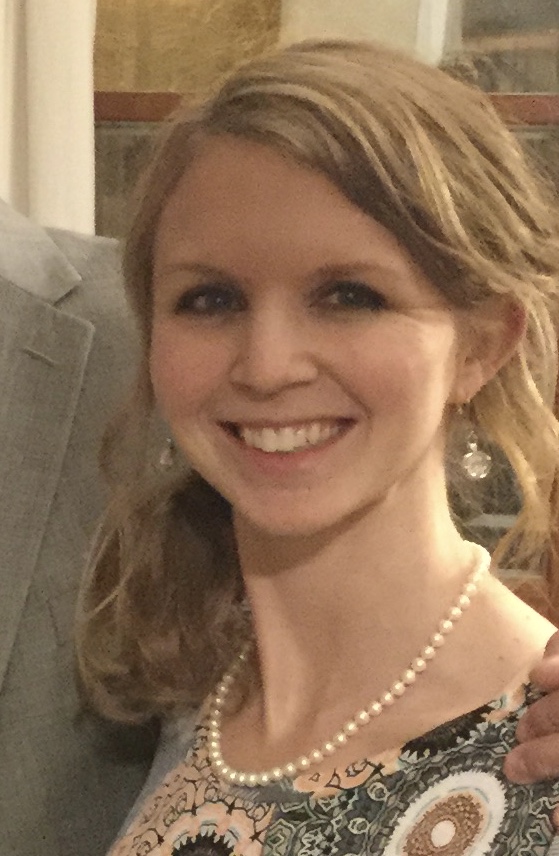
Ellie Peters is a teacher from St. Paul, Minnesota. She is passionate about life-giving conversations and attempts to foster them both in her classrooms and at her dining room table. When not spending time with her husband and son, she can be found developing new culinary skills, enjoying a good book, or tackling the occasional knitting project.
Header Image: Traditional kolam made with rice flour and kaavi borders for a house function at Tamil Nadu, India, SKsiddhartthan CC BY-SA 4.0
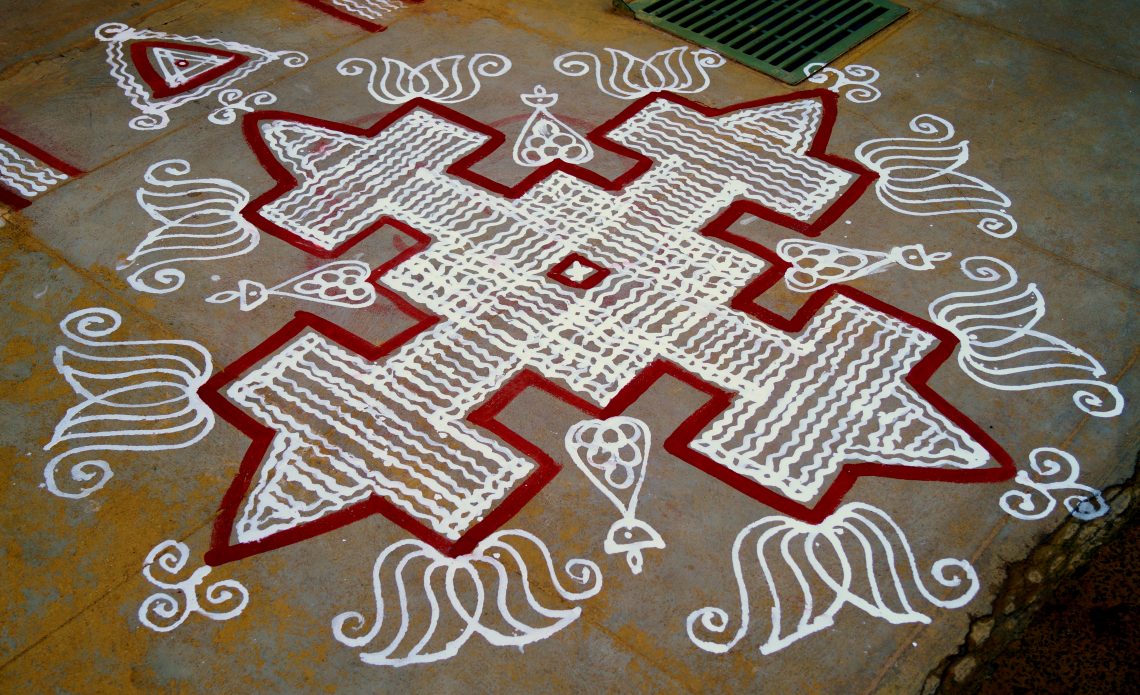


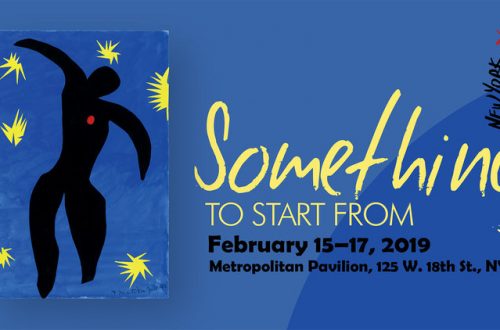
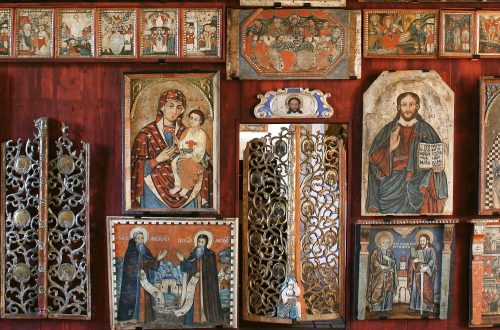
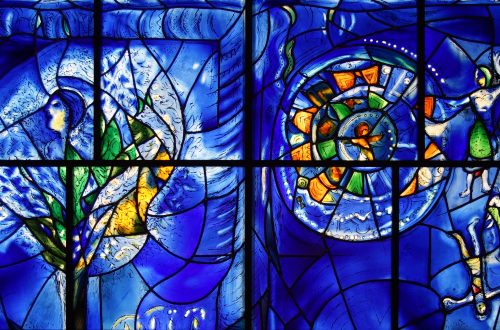
One Comment
Jonathan P
What a great synthesis of these writers and experiences! The kolam reminded me of Tibetan mandalas- meticulously constructed over a number of days only to be erased- though the kolam takes on another layer of beauty because it is woven into everyday life. I’ve sometimes thought of cleaning the dishes after supper as this daily mandala dismantling, often happening as the sun is setting on the day.